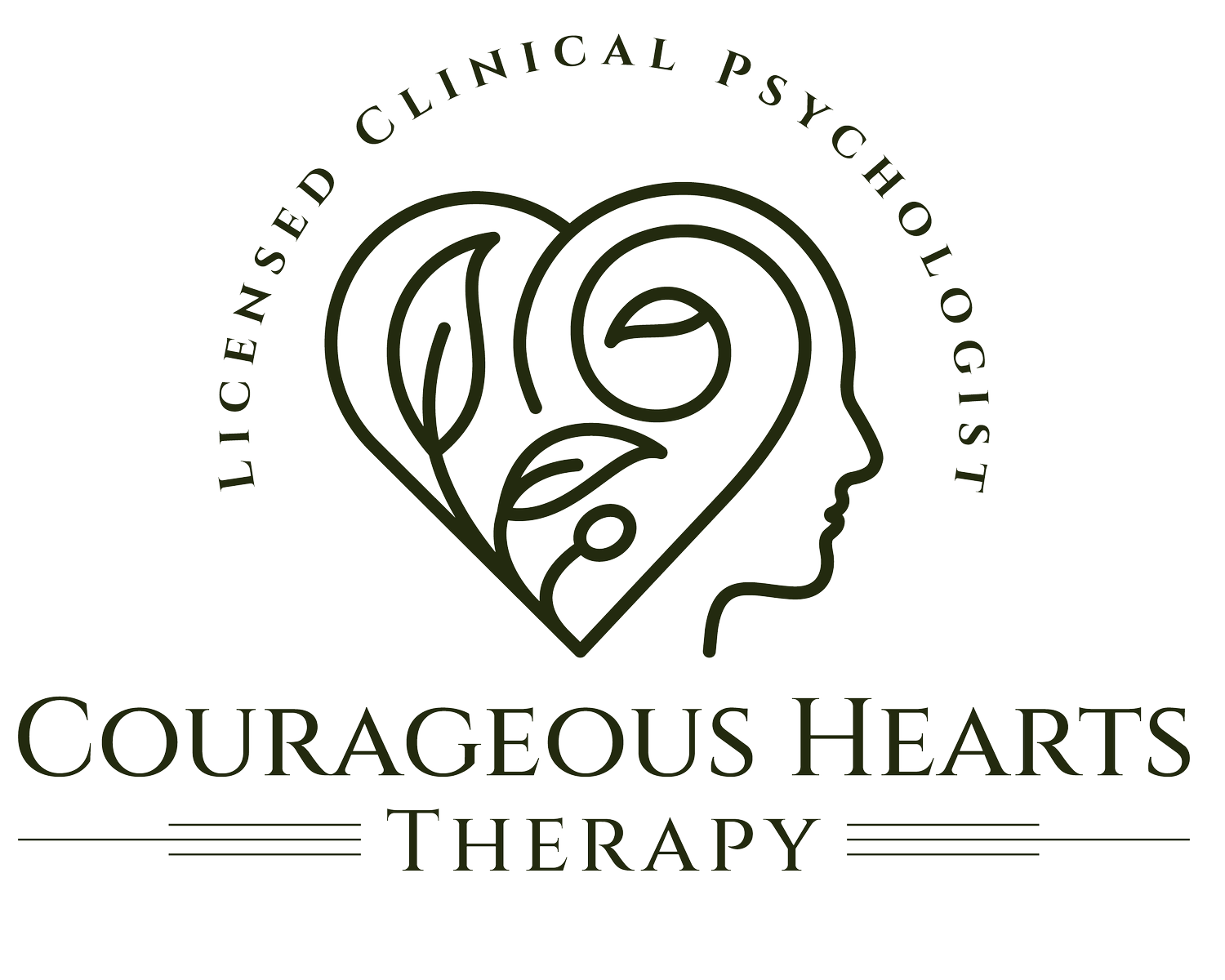Beyond Survival: Understanding Post-Traumatic Growth
As a trauma psychologist, I have had the profound privilege of walking alongside individuals navigating the aftermath of deeply painful and life-altering events. While trauma often brings with it immense suffering, loss, and disorientation, I’ve also witnessed something quietly powerful emerge in many of my clients over time—what we call Post-Traumatic Growth (PTG).
What Is Post-Traumatic Growth?
Post-Traumatic Growth is the positive psychological change that can occur as a result of the struggle with highly challenging life circumstances. Unlike resilience—which is about bouncing back—PTG is about moving forward in a new and potentially more meaningful direction.
This doesn’t mean the trauma was beneficial or that the pain disappears. Rather, growth often coexists with distress. PTG is not about denying suffering, but about recognizing that suffering can also be a catalyst for transformation.
The Five Domains of Growth
Researchers Richard Tedeschi and Lawrence Calhoun, who first coined the term in the 1990s, identified five key areas in which people often report growth after trauma:
Appreciation of Life – Survivors often describe a renewed sense of gratitude for life and a deeper appreciation for simple, everyday experiences.
Relationships with Others – Many report deeper, more meaningful connections, increased compassion, and a desire to help others who are suffering.
New Possibilities – Traumatic events can shake up established routines, opening the door to new paths, careers, or passions.
Personal Strength – Individuals frequently discover inner strengths and capabilities they didn’t know they had.
Spiritual or Existential Change – For some, trauma prompts profound reflection on life’s purpose, leading to spiritual or philosophical growth.
How Does Growth Happen?
Post-Traumatic Growth doesn’t occur automatically or quickly. It often unfolds gradually and is shaped by how a person makes sense of their trauma. Factors that can support PTG include:
Meaning-making: The ability to reframe the trauma and find personal significance in the experience.
Supportive relationships: Connection with others can facilitate healing and insight.
Expressive practices: Writing, art, therapy, or even talking about the trauma can help integrate the experience into one’s life narrative.
Time and patience: Growth is not a linear process. There are setbacks and surges, and both are part of the journey.
The Role of Therapy in PTG
Therapy is not about pushing someone to find a silver lining, but about creating a safe space for the entire spectrum of trauma responses. My role as a therapist is to help individuals honor their pain, explore their story, and—when and if they’re ready—begin to consider what new possibilities might emerge.
For some, growth looks like speaking out and helping others. For others, it might be the quiet courage to live with more presence and purpose.
Final Thoughts
Post-Traumatic Growth is not a requirement, nor is it a measure of how “well” someone has coped. It’s simply a possibility—one that acknowledges the depth of human resilience and the mysterious ways we can evolve through adversity.
If you or someone you care about is moving through trauma, know that growth is possible, even if it feels out of reach right now. You are not alone on this path—and healing, in all its forms, is worth seeking.
